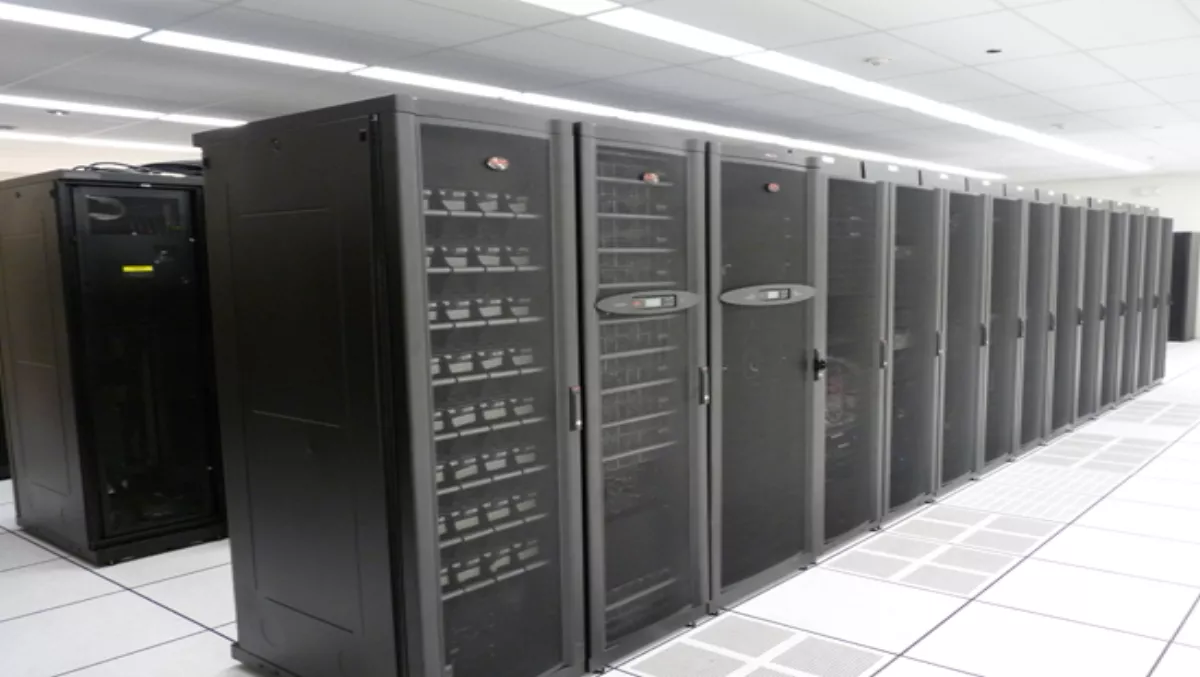
Virtualisation is an important tool for IT people in today’s world where resource management and asset maximisation are the mantras of modern managers. There are many good reasons why IT managers are adopting storage virtualisation – lowering asset costs and management overheads are two. However, there are also benefits to be gained in increased reliability, resilience and performance. The ability to abstract physical storage assets with a layer of virtualisation enables additional functionality to be added to the storage layer without affecting the hosts using it.You couldn’t count the number of different approaches to virtualisation, it’s such a broad area. Almost all shared storage subsystems are capable of providing the basic functionality of a single pool of storage allocated to different machines so that many servers can share assets. And with ever-mounting pressure on storage, it is in this area IT managers can reap a host of benefits of which they need to be made aware. The increasing use of laptops, tablets and smart phones has applied much of the pressure for storage virtualisation, as IDC discovered in its Digital Universe research. Workers are gathering more data and using it to create new business value – however it needs a place to live. Virtualisation has an important role to play because budgets are shrinking while more people are on the move in an ever-increasingly mobile world and managers are having to cope with the growth and the additional functionality that business demands. Save money – share with a ‘sibling’IT managers are always looking for ways to reduce energy consumption. You can help them achieve those savings by highlighting the fact that storage virtualisation can offer environmental benefits and provide an important component of a green strategy. Virtualisation will almost certainly reduce the amount of storage hardware clients need to provide the services required, reducing not only energy costs but also capital and operational charges.Hardware is effectively, but not physically, separated and shared among multiple servers for efficiency’s sake. Figures suggest that machine use can increase five or more times in a virtual environment. Storage virtualisation can include functionality such as deduplication which can increase utilisation by almost 1000 times. These results are entirely possible where the technology is deployed appropriately and are especially useful for backup pools, and can also be appropriate for user file shares. Selling in, it’s important to highlight that managers can also allocate hardware resources in real time - when and where they’re needed, providing the foundation for building both private and public clouds.There are also great gains to be had in staffing utilisation – in administration, software installation and configuration and in the number of staff needed to handle a large number of servers.So the benefits of virtualised storage for IT managers are there. How can you get them there?Just as with any major business decision, the text books advise undertaking storage virtualisation as a structured business project. You can help clients by identifying the key headings in the project matrix:
- Assess – how will it help them?
- Delineate – what form of virtualisation architecture do they need?
- Choose – both software and hardware.
- Get on with it – move their existing storage across to the virtual environment.
- Manage – what tools do they need to ensure smooth running of the system?